It was in 1974 that Sifu Prasanna Jayaweera met Sigung David Cho who came to Sri Lanka on business. Sifu David Cho was visiting Sri Lanka to promote traditional Chinese medicine when he met Sifu Jayaweera.
It did not take long for the intelligent and observant Sifu Jayaweera to understand that Sigung David Cho had mastered a form of martial arts. This signaled the start of a teacher-student relationship between Sigung David Cho and Sifu Prasanna Jayaweera.
Sifu Jayaweera then began mastering the art Wing Chun under the guidance and watchful eye of Sigung David Cho. Sigung David Cho who visited Sri Lanka on two separate occasions later awarded Sifu Prasanna Jayaweera the title of ‘Chief Instructor’ in the Wing Chun Kung Fu Academy of Sri Lanka which the local branch of the New York Wing Chun Kung Fu Academy.
Since then, having trained over thousands of students in the form of Wing Chun Kung Fu, the Sri Lanka Wing Chun Association became the strongest Chinese Martial Arts academy in Sri Lanka under the leadership of Sifu Jayaweera. In 19…. a student of Sigun Simon Lao, Sifu Alexander Casper who was sent to Sri Lanka further trained the athletes of the Sri Lanka Wing Chun Association in the classical style of Wing Chun. Later Sifu Prasanna Jayaweera had the pleasure of meeting Sigung William Cheung in the city of Hanchu in China. In 1987. This established a new relationship with Sigung Cheung who later sent Sifu Carl Solomons as branch supervisor to Sri Lanka. During the period when Sifu Carl Solomons acted as the branch supervisor the art of Wing Chun was upgraded in Sri Lanka to the highest standard possible which it maintains to-date.
It is with great gratitude that the Sri Lanka Wing Chun Association remembers the late Sifu David Cho for his valuable contribution and guidance extended to establish the Sri Lanka Wing Chun Academy.
We are also thankful for all the other Grandmasters and their Branch Supervisors who dedicated their time in developing the art of Wing Chun in Sri Lanka through the Sri Lanka Wing Chun Academy.
Wing Chun is a subtle and complete system of Chinese Kung Fu, developed over hundreds of years, with its roots in the Shaolin Temple tradition. Legend has it that in 1645 a Bhuddist nun by the name of Ng Moi devised the system and taught it to a young girl called Yim Wing Chun, who successfully used her newly learned skills to defend herself against a local bully who attempted to rape her.
Originally a very secret system, the sophisticated art of Wing Chun was only passed on to family members and close, trusted friends. It was only when the legendary Grandmaster Ip Man (now sadly passed away) arrived in Hong Kong that the style was taught more openly.
Wing Chun does not pit strength against strength but rather employs its unique understanding of angles and sensitivity to force to overcome aggression (fitness, age and sex are of no consequence). Many of the exercises are scientific in approach and training is carried out in a friendly atmosphere of co-operation as opposed to one of aggressive competition. This allows students to develop freely and at their own pace. It is possible for a complete novice to become competent within one year, although, as with any true art, practical ability is only the beginning, there is always room for deeper exploration, further development and personal interpretation.
Wing Chun's effectiveness as a practical self-defence or street fighting method is well documented, refined over the years for economy and direct application. The style does not easily lend its self to display or sport as some more flamboyant styles do. This is because the apparent simplicity of the system disguises the devastating power and speed behind its subtle technique.
Typical techniques include; trapping hands, swift low kicks, close body control and short, but devastatingly powerful strikes from the hands (such as the inch punch). Wing Chun practitioners also employ a unique sensitivity training exercise known as Chi sau, or sticking hands.
Yip Man (1 October 1893 – 2 December 1972), also spelled as Ip Man and also Yip Kai-man, was a Chinese martial artist. He had several students who later became martial arts teachers in their own right.
Grand master Yip was born to Yip Oi-dor and Ng Shui, and was the third of four children. He grew up in a wealthy family in Foshan, Guangdong, and received a traditional Chinese education. His elder brother was Yip Kai-gak, his elder sister was Yip Wan-mei and his younger sister was Yip Wan-hum.
Grand master Yip started learning Wing Chun from Chan Wah-shun when he was 7. Since Chan was 70 at the time, Yip was Chan's last student. Due to his teacher's age, Yip learned most of his skills and techniques from Chan's second eldest disciple, Ng Chung-sok. Chan lived three years after Yip's training started and one of his dying wishes was to have Ng continue teaching Yip.
At the age of 16, Yip moved to Hong Kong with help from his relative Leung Fut-ting. One year later, he attended school at St. Stephen's College—a secondary school for wealthy families and foreigners living in Hong Kong. During Yip's time at St. Stephen's he saw a foreign police officer beating a woman and intervened.The officer attempted to attack Yip, but Yip struck him down and ran to school with his classmate. Yip's classmate later told an older man who lived in his apartment block. The man met with Yip and asked what martial art Yip practised. The man told Yip that his forms were "not too great".The man challenged Yip's Wing Chun in chi sao (a form of training that involves controlled attack and defence). Yip saw this as an opportunity to prove that his abilities were good, but was defeated by the man after a few strikes. Yip's opponent revealed himself to be Leung Bik, Chan Wah-shun's senior and the son of Chan's teacher, Leung Jan. After that encounter, Yip continued learning from Leung Bik.
William Cheung or Cheung Cheuk Hing (Zhāng Zhuóqìng), born October, 1940, is a Chinese Wing Chun kung fu practitioner and currently the Grandmaster of his lineage of Wing Chun, entitled Traditional Wing Chun (TWC). He also heads the sanctioning body of TWC, the World Wing Chun Kung Fu Association.
Cheung attained a Bachelor of Economics from the Australian National University, after graduating from secondary school in Hong Kong. Cheung is a certified Doctor of Chinese Medicine under the Chinese Medicine Registration Board of Victoria, and a member of the Australian Chinese Traditional Orthopaedics Association Inc. He has also been invited as a Guest Professor to Foshan Sports University (China), and as a Senior Research Professor of the Bone Research Department to Beijing Chinese Medical University (China).
In 1951, at the age of ten, Cheung started his training in Wing Chun Kung Fu under the late Yip Man. According to Cheung, it was from 1954 to 1958 that he was a live-in student of Yip Man and inherited the complete system of Traditional Wing Chun.
William Cheung was also a close friend and senior and training partner to Bruce Lee in the Wing Chun system. He was responsible for personally introducing Bruce Lee to Wing Chun in 1953.
Duncan Leung, a Yip Man student, says it was William Cheung who first made Wing Chun famous in Australia. "In 1957 another early student of Yip Man, William Cheung, immigrated to Australia. On the way there an incident occurred when he locked himself in the sailor cabin and fought more than 10 sailors. This got into all the newspapers and so Wing Chun was even known in Australia then.
Cheung is known for using "Egg Standing" to demonstrate his skill in weight distribution and overall control of his body.
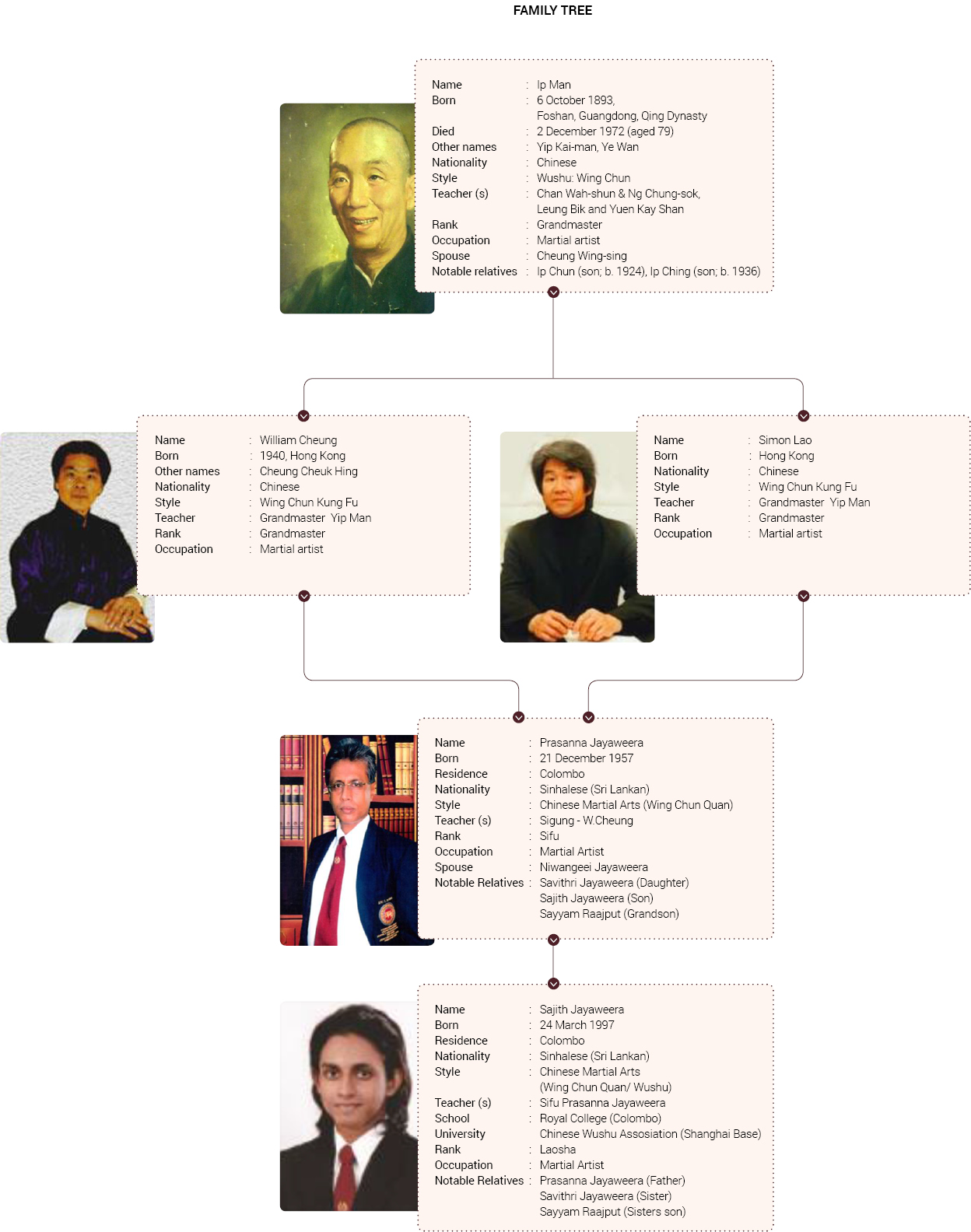
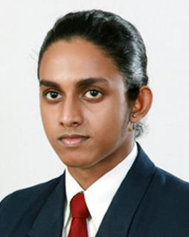
Sajith Jayaweera
Chairmen (China/UK)
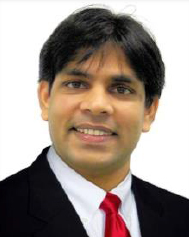
Dhanyu Amarasighe
(USA)
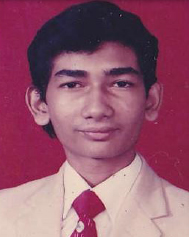
Kishan Aluvihara
(Australia)
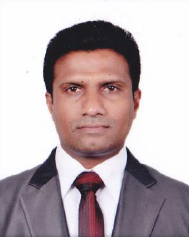
Manawa Jayasekara
(Korea)
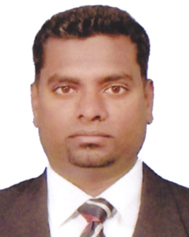
Duminda Perera
(China)
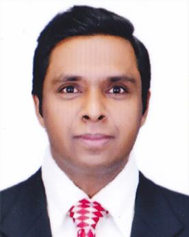
Rohan Peiris
(Thailand)
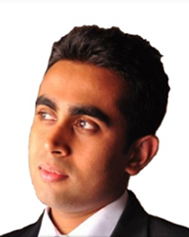
Kishan Kahadugude
(Australia)
Dr. Uthpala Malawara arachchi
Vishwajith Nelumdeniya
Chaminda Sunnadeniya
(Australia)
Samitha Sunnadeniya
(Australia)
(Kwoon) Main Gymnasium
3/7 A, Jayanthi Mawtha, Jayanthipura,
Sri Jayawardanapura, Battaramulla, Sri Lanka.
City Office & showroom
19/1, Office complex, Borella,
Colombo 08, Sri Lanka.
Tele/Fax : +94 (0)11 2888595
Mobile : +94 (0)77 0888595
Email : slwingchun.kungfu@gmail.com